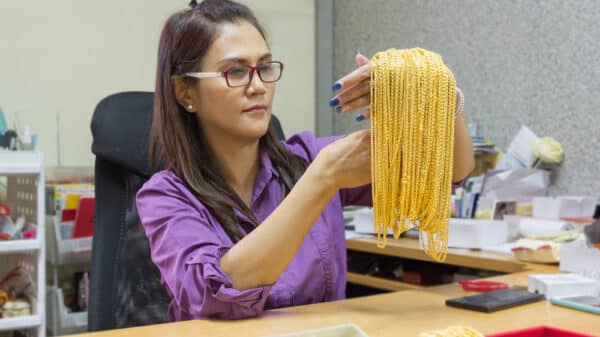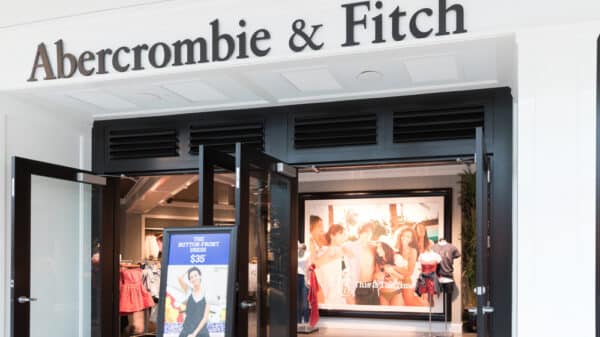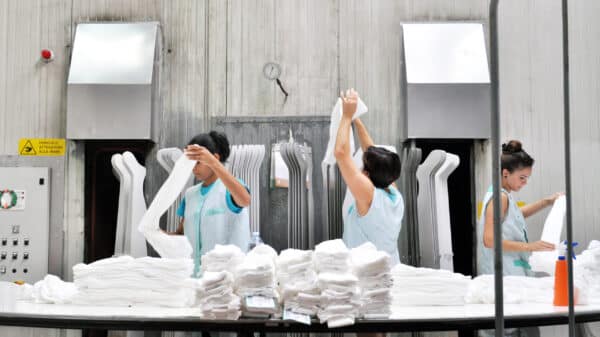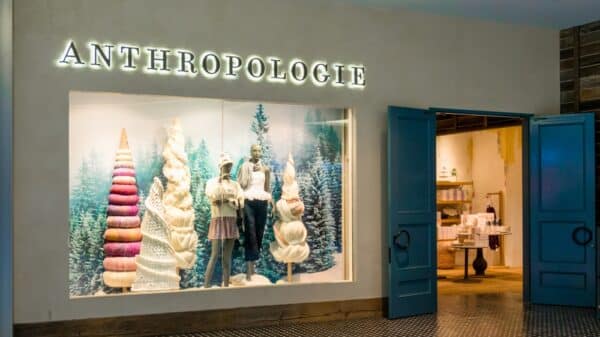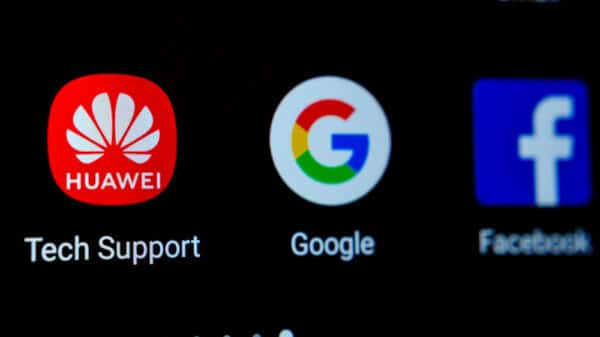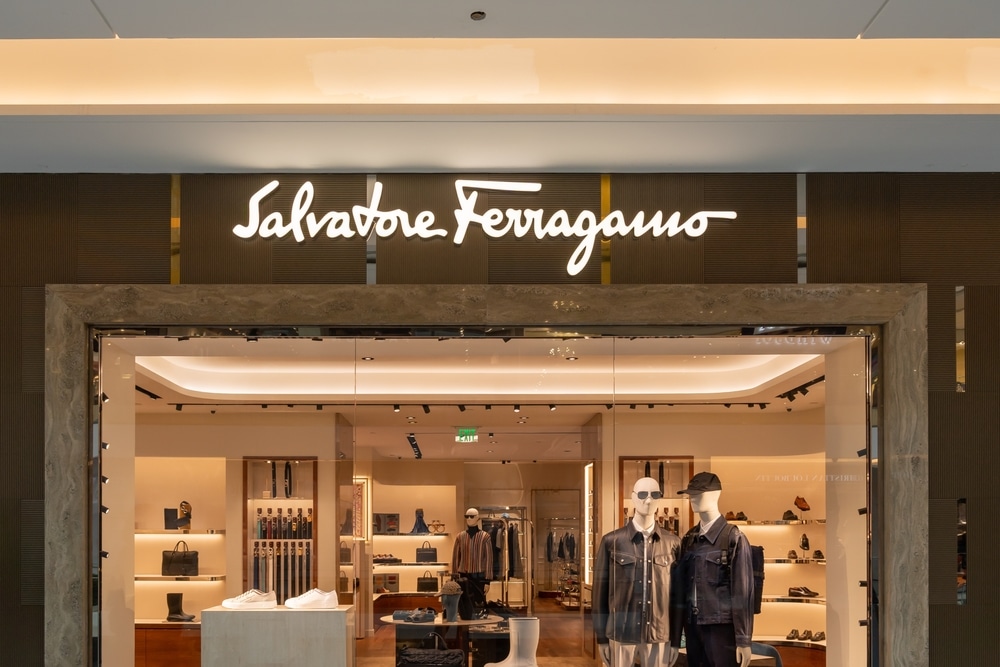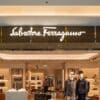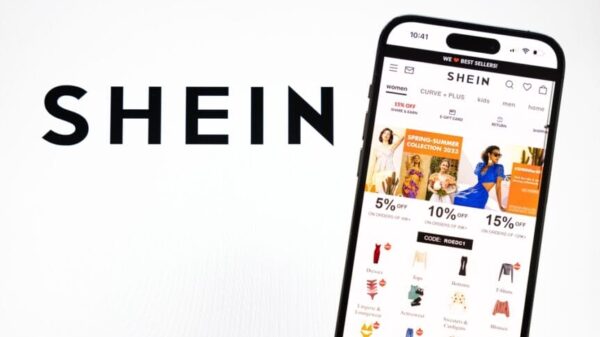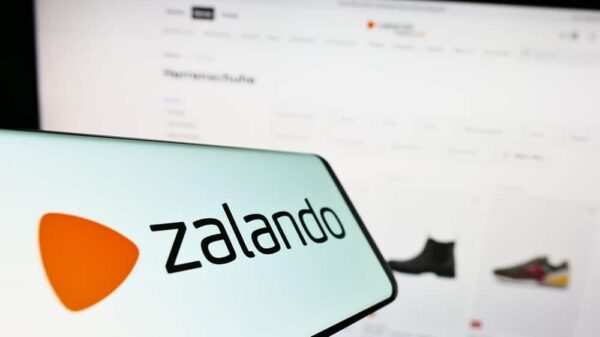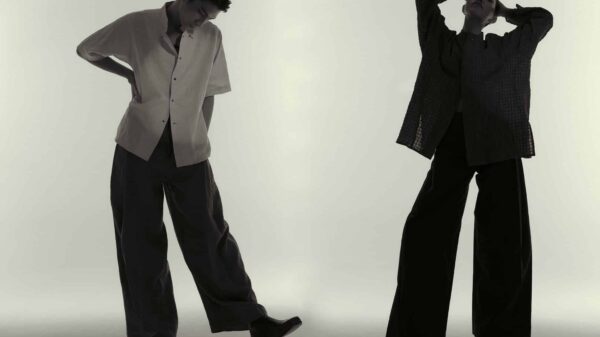Salvatore Ferragamo recently announced a striking downturn in its financial performance, revealing that its adjusted operating profit was halved last year. This troubling update comes during a time of significant change for the iconic Italian luxury leather goods brand, which is now on the hunt for a new chief executive officer to replace Marco Gobbetti, who has decided to step down after a little over three years at the helm.
In their latest earnings statement, Ferragamo attributed this disappointing financial performance to various market challenges, including a noticeable slowdown in consumer spending in key Asian markets, particularly China. For anyone who follows luxury brands, this news may resonate strongly, especially considering the broader concerns facing the luxury sector today. Global economic conditions are shifting, and it seems that even the most established names in luxury fashion are feeling the pinch. This isn’t just about numbers; it’s about how brands continue to connect with their customers amidst uncertainty.
The company expressed a sober outlook, stating, “Considering the uncertainties over demand by luxury consumers, we remain cautious on short-term expectations.” This sentiment sounds familiar; it’s a feeling many of us have when we’re uncertain about our financial futures. Whether we’re eyeing designer handbags or something a bit less high-end, it’s crucial to be aware of how external factors can influence our spending decisions.
Gobbetti’s tenure was marked by ambitious plans to rejuvenate the Ferragamo brand, yet he faced challenges in stopping the decline of sales that has been troubling the company for some time. The fashion industry is tough, and navigating it requires a delicate balance of innovation and market intuition. Chairman Leonardo Ferragamo assured stakeholders that the brand’s creative direction remains intact under Maximilian Davis, who joined as creative director in 2022, shortly after Gobbetti’s arrival. This continuity is vital; as customers, we appreciate when a brand maintains a stable vision while it seeks to reinvent itself.
Moreover, it’s clear the Ferragamo family, through the leadership of Chairman Leonardo Ferragamo, is committed to the legacy established by the brand’s founder. This isn’t just a business for them; it’s a family story woven with tradition, craftsmanship, and a passion for quality that has defined their products for generations.
When looking at the financials, Ferragamo reported an adjusted EBIT (earnings before interest and taxes) of €35 million. While this figure aligns better than some analysts predicted, it’s still a stark decline from the previous year, which saw EBIT of €79 million. The brand also faced a net loss of €68 million in 2024 compared to a profit of €26 million the year before. These numbers might seem abstract, but they reflect real challenges in keeping the brand beloved by customers around the world.
Interestingly, in a slight twist amidst the sobering news, the company highlighted “encouraging results” from their direct-to-consumer sales. Although overall sales were flat in the last quarter of the year, any positive indication in this area should be a beacon of hope. It reminds us of the importance of personal engagement in commerce. Brands that foster direct connections with their consumers often thrive, reminding everyone that shopping is as much about experience and relatability as it is about the product itself.
Understanding the current turbulence for Ferragamo is a broader lesson about adaptability in luxury retail. Just when complacency sets in, market demands shift, and brands have to recalibrate. Whether you’re an avid admirer of the brand or simply exploring the luxury market, the story of Ferragamo speaks to the heart of what it means to navigate the highs and lows of consumer sentiment and economic reality.
Image Source: JHVEPhoto / Shutterstock





